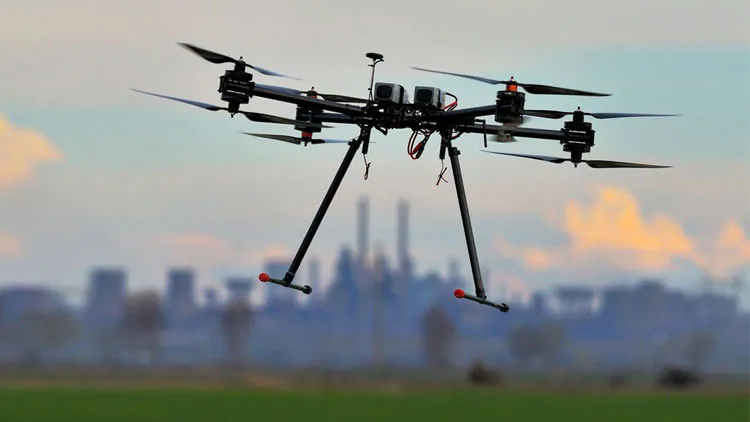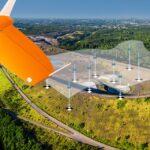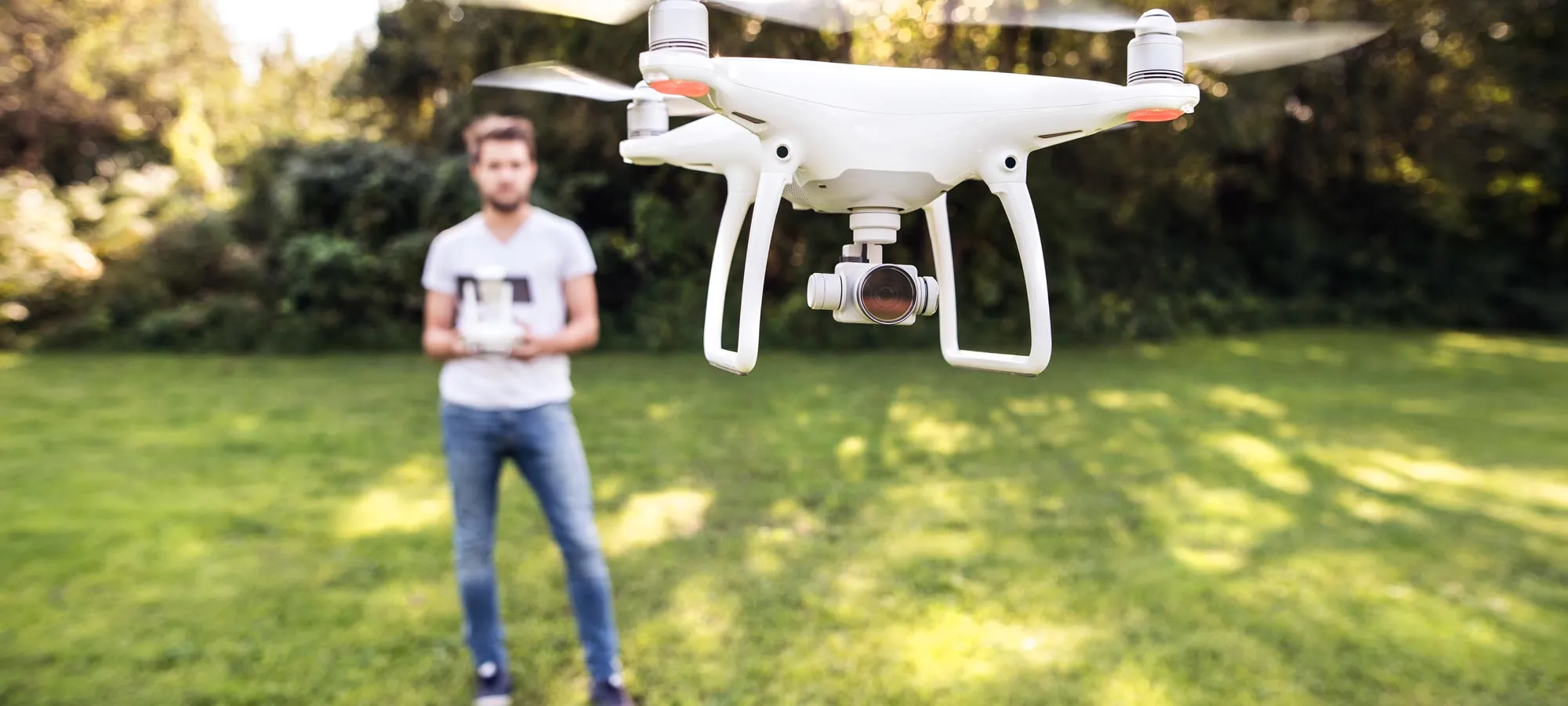
Drone technology has evolved rapidly in recent years, revolutionizing industries such as photography, agriculture, surveillance, and more.
One critical aspect of drone technology that has seen significant improvement is low-light performance in drone cameras.
In this article, we will explore the challenges of low-light conditions for drone cameras and the innovative solutions that have emerged to address these challenges.
The Challenge of Low-Light Conditions
Low-light conditions have always posed a challenge for traditional cameras, and drone cameras are no exception.
Factors like reduced visibility, increased noise, and limited color accuracy can hinder the effectiveness of drone operations during dusk, dawn, or in poorly lit environments.
Capturing clear and high-quality footage in such conditions is essential for various applications, including search and rescue missions, nighttime surveillance, and cinematic aerial shots.
Innovative Solutions
- Sensor Technology Advancements To improve low-light performance, drone camera manufacturers have been investing in sensor technology advancements. The introduction of larger sensors with higher pixel counts allows for better light capture, reducing noise and enhancing image quality. Additionally, sensors with backside-illuminated (BSI) technology have proven to be highly effective in low-light scenarios, as they can absorb more light, resulting in brighter and cleaner images.
- Improved Lens Design Drone cameras with high-quality lenses designed for low-light conditions have become increasingly prevalent. Lenses with wider apertures (lower f-numbers) allow more light to enter the sensor, which is crucial for low-light performance. Additionally, anti-reflective coatings and advanced lens materials minimize flaring and ghosting, ensuring clear images even in challenging lighting situations.
- Image Stabilization Stability is crucial when capturing images or videos in low-light conditions, as any movement can lead to blurred or shaky footage. Many modern drones are equipped with advanced gimbal systems that provide exceptional stabilization, enabling smooth and sharp shots, even in low-light environments.
- Noise Reduction Algorithms Drone camera manufacturers have incorporated sophisticated noise reduction algorithms into their devices. These algorithms work in real-time to suppress noise in captured images, resulting in cleaner and more detailed footage, particularly in low-light settings.
- Infrared and Thermal Imaging In situations where natural light is minimal or nonexistent, such as nighttime surveillance or search and rescue missions, drones equipped with infrared and thermal imaging cameras have proven invaluable. These technologies can detect heat signatures and provide crucial data in conditions where traditional cameras would be ineffective.
Conclusion
Low-light performance in drone cameras has come a long way, thanks to the continuous innovation in sensor technology, lens design, image stabilization, noise reduction, and the integration of specialized imaging techniques like infrared and thermal imaging.
As drone technology continues to advance, we can expect further enhancements in low-light capabilities, opening up new possibilities for drone applications across various industries.
Whether it’s capturing breathtaking aerial shots during twilight or assisting in critical nighttime missions, the improved low-light performance of drone cameras is transforming the way we view the world from above.








